Plantation agriculture reshaped Samoa in fundamental ways. As Euro-American settlers turned the natural environment of Samoa into natural resources to be sold on a world market, they also transformed the social landscape on the islands. The new global and unequal community of workers in Samoa struggled to retain a sense of humanity in the hostile world of copra. In a strategy of divide and rule, Euro-American authorities segregated the colonial workforce along racial lines and sought to prevent contact among Samoans, Chinese, and Melanesians. Maximizing profits from the sale of copra, plantation owners argued, necessitated this racial segregation and strict work discipline. A range of factors determined how vulnerable workers were to violence and death: the kind of labor tasks they performed, their gender and race, the distance of their plantation from Apia, and whether or not they enjoyed support from state institutions—those within the colony or back home.
![Solomon Islanders cutting copra, c. 1900. Soloman [sic] Island workers making copra.
From the album Samoa, c. 1918, by Alfred James Tattersall. Te Papa (O.041889).](https://pasquines.us/wp-content/uploads/2022/12/Soloman-Island-workers-making-copra-1024x805.webp)
From the album Samoa, c. 1918, by Alfred James Tattersall. Te Papa (O.041889).
Resistance to the demands of plantation agriculture came in many guises and, over time, transcended racial boundaries. Chinese workers successfully improved their working conditions through appeals to their home government. Many Melanesian workers defied the coercive conditions on large copra plantations through physical escape, whether temporary or long-term.
Samoans, who could not be forced to work on Euro-American plantations, managed to maintain much control over their daily lives through sustainable farming and selling surplus copra to traders. With a vibrant social life based on substantial economic self-determination, Samoans succeeded in protecting their ways of life from outlander demands while refashioning the new world of copra around them. Forging interracial solidarity with newcomers was one of the ways in which Samoans shaped Oceanian globality—a practice that would prove critical for the more substantial challenge to colonial rule that would shake Samoan society in the 1920s.
This is an excerpt from Coconut Colonialism by Holger Droessler, published by the Harvard University Press. All content and images are reproduced with permission from Harvard University Press, which owns the copyright for this work.



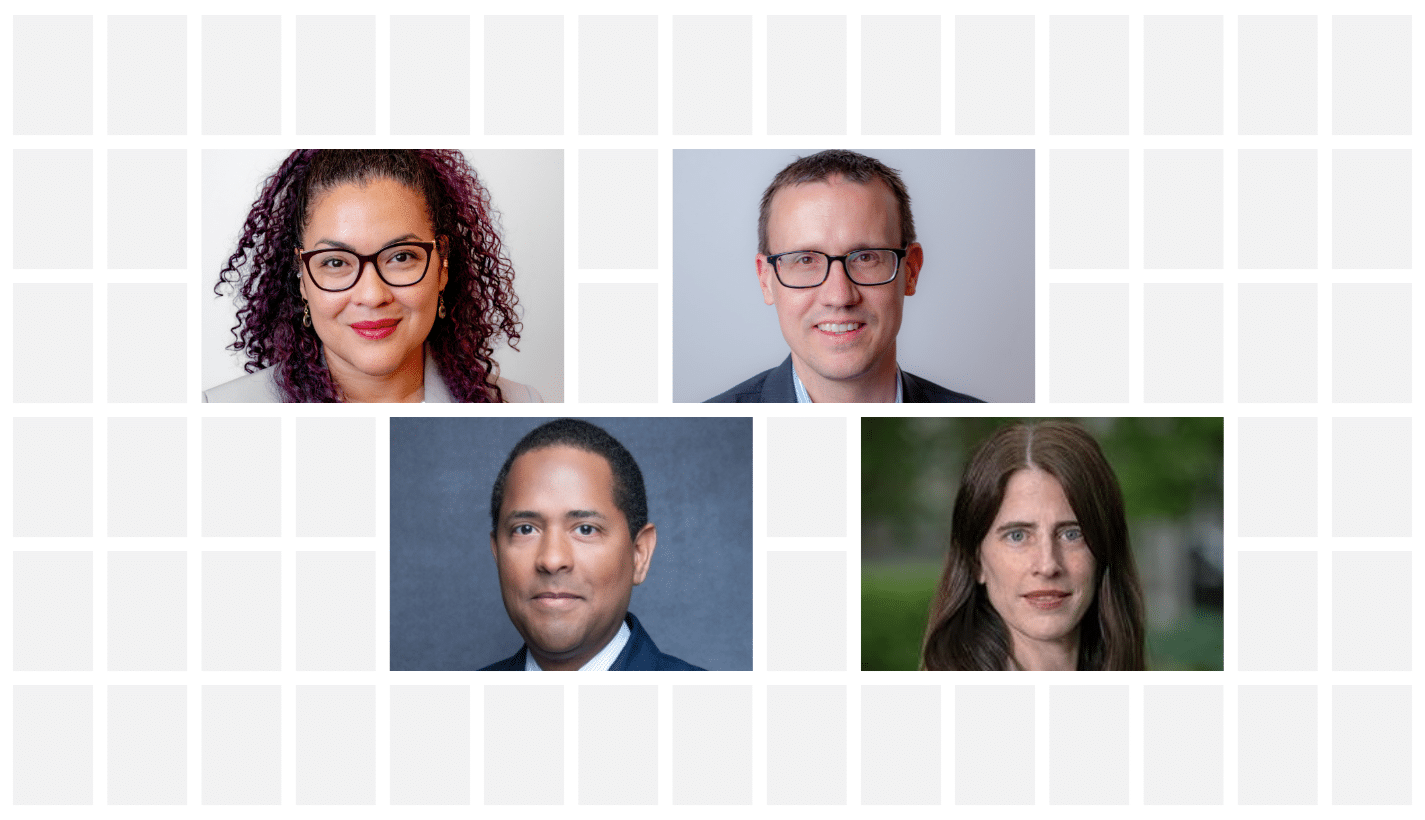

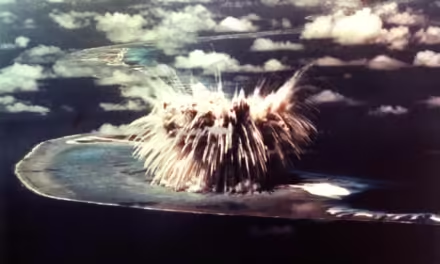

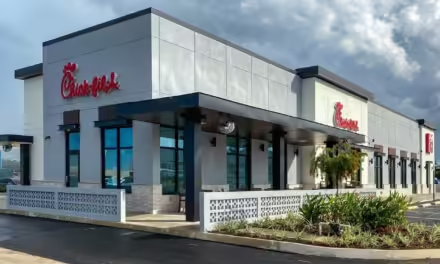
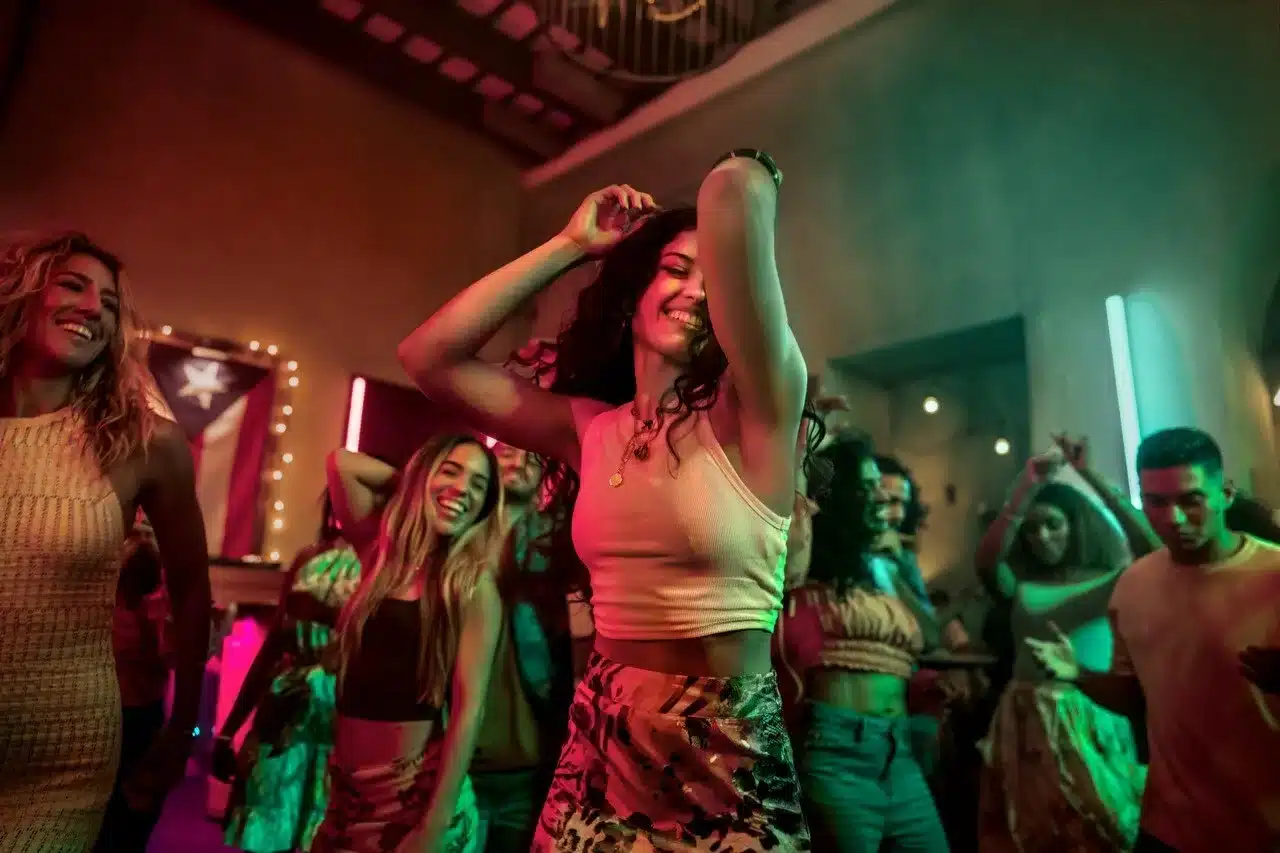
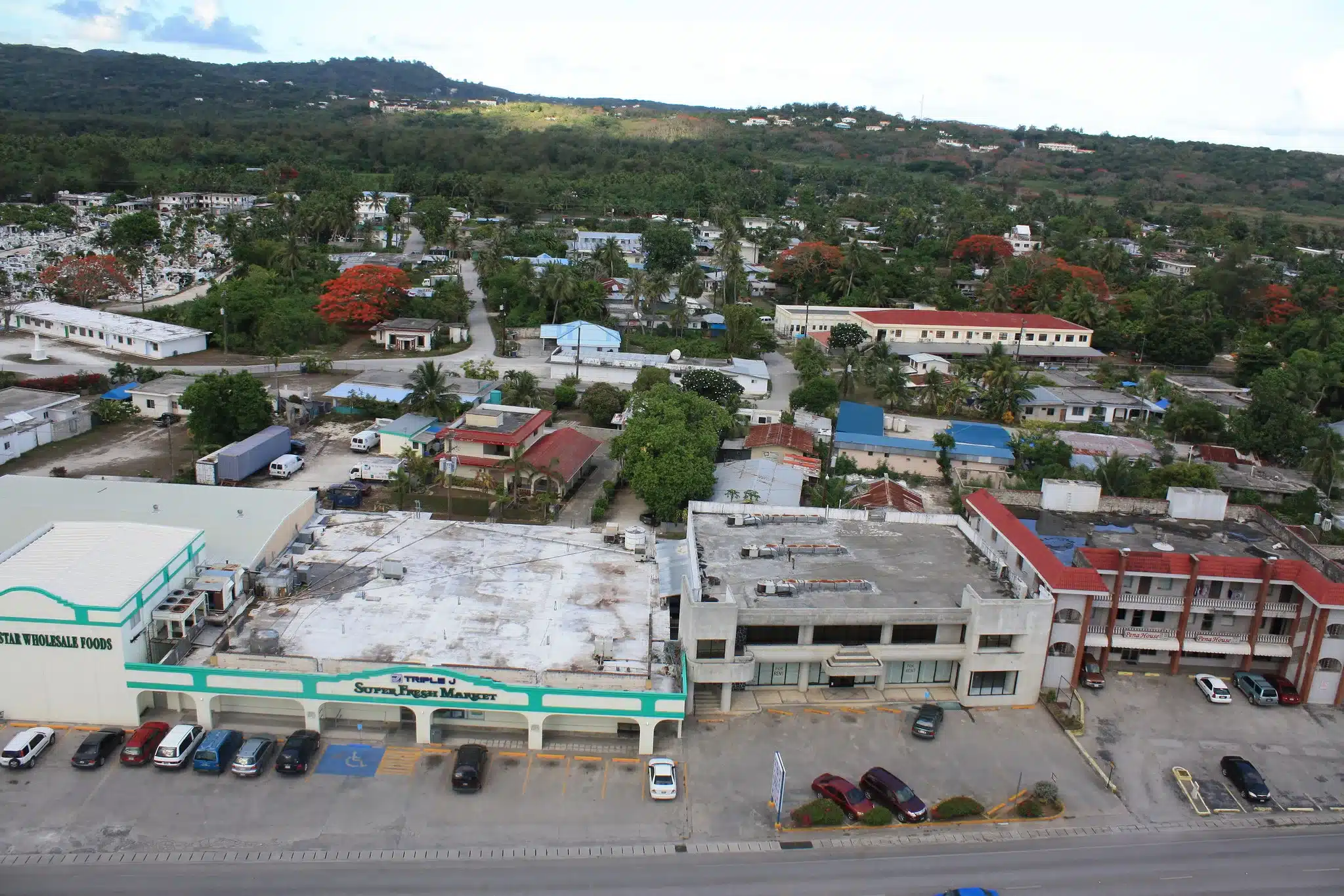


0 Comments